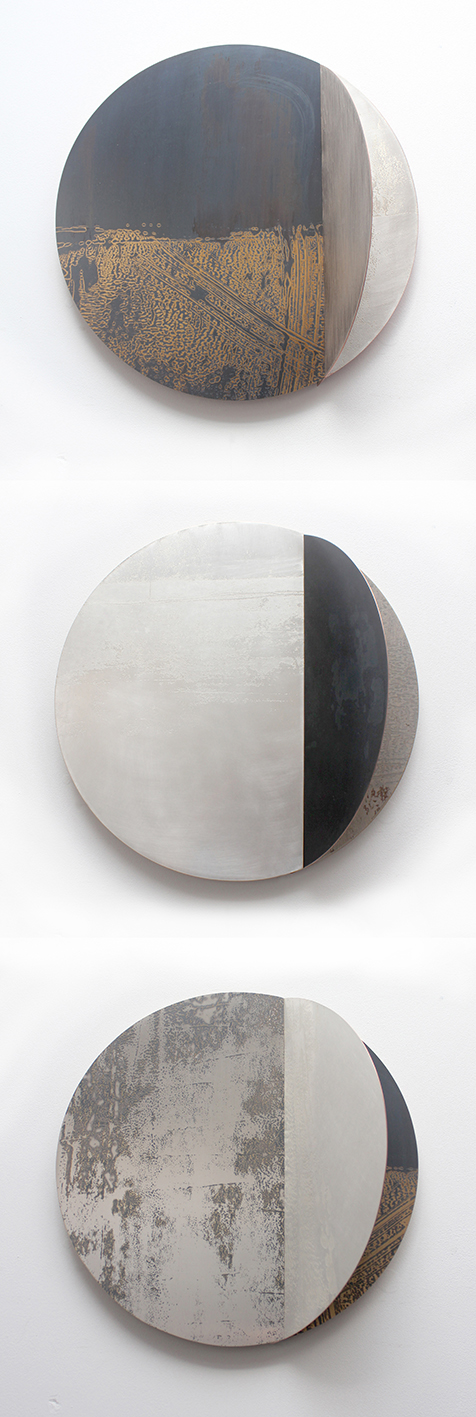The last couple of years saw the Crafts Council succssfully lobby for the inclusion of craft within the DCMS creative industries definition used to produce their economic estimates. You can read more in the report; "Measuring the Craft Economy" found here. The same report concludes that craft industries and occupations generated nearly £3.4bn for the UK economy.
The Crafts Council have published other reports too, dating back to 2010. Some of the research relates to the craft economy, others to innovation, technology and education. The Crafts Council are persistant advocates for craft and run programmes such as 'Firing Up', which saw dormant ceramic kilns in UK schools fired up and teachers inspired to teach ceramics again. You can see a short film about the programme here...
 |
| Photo: Sophie Mutevelian. |
We need to ensure we have a future generation of 'creatives' to build on the current growth of this industry through an excellent and broad education in schools. Richard M Wilson has created a petition lobbying for the inclusion of 'expressive arts' in the English Baccalaureate. "Creativity must be at the heart of our schools." If you feel passionately about the subject, you can find more information and sign the petition here...





















































